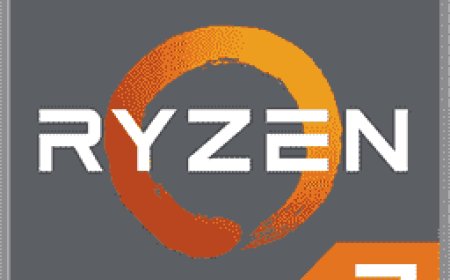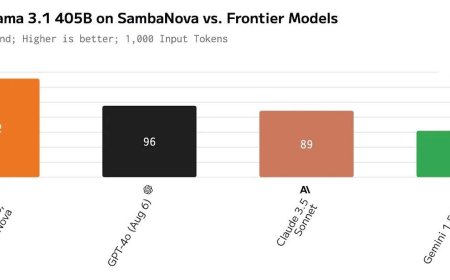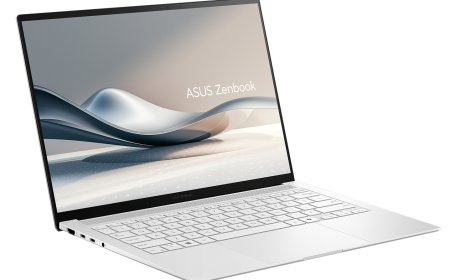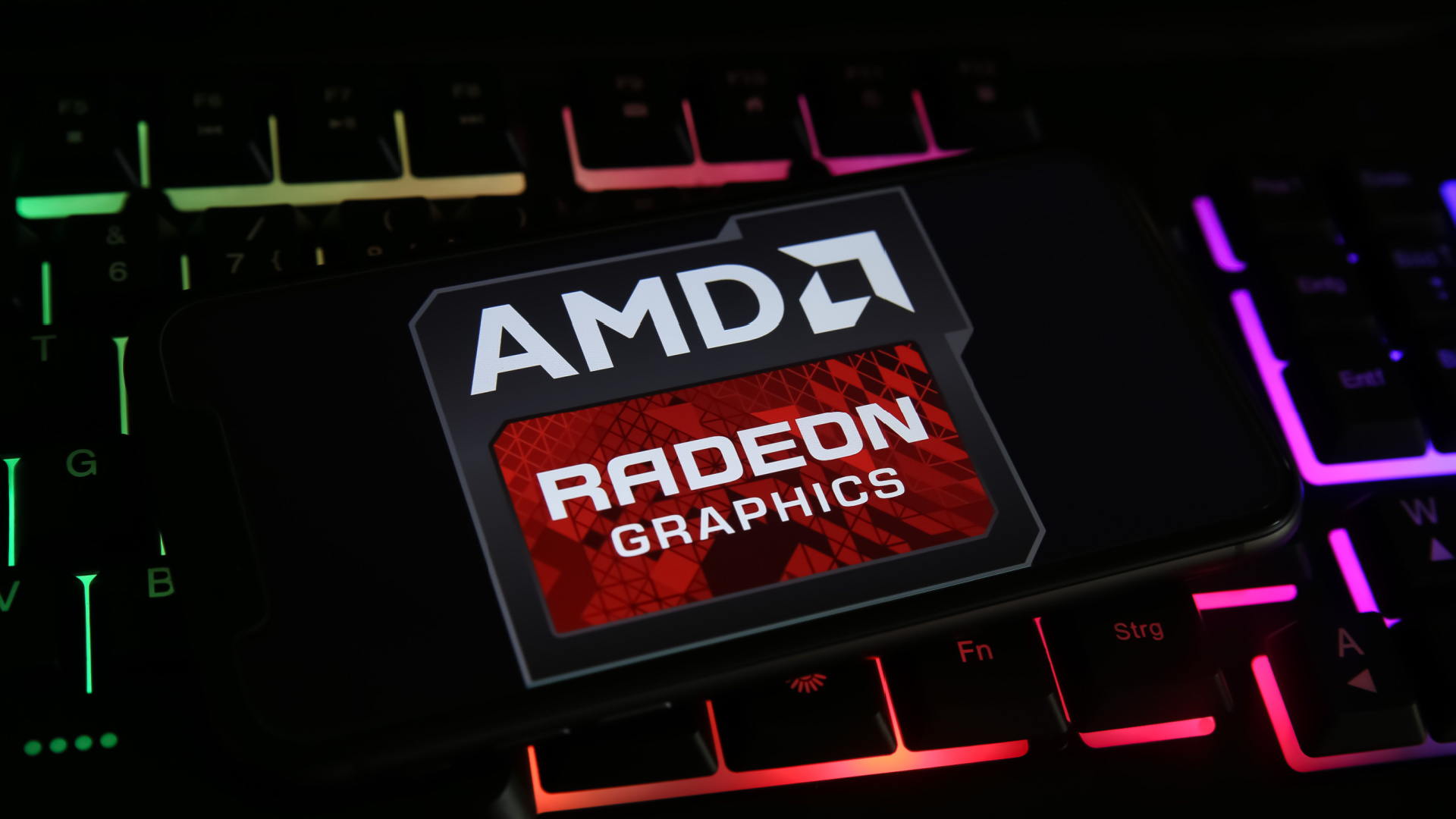Intel’s Upcoming 10nm 24 Core / 48 Threads ‘Whitley’ CPU Spotted – Geekbench and Sisoft Sandra Benchmarks Leaked
Intel’s Upcoming 10nm 24 Core / 48 Threads ‘Whitley’ CPU Spotted – Geekbench and Sisoft Sandra Benchmarks Leaked
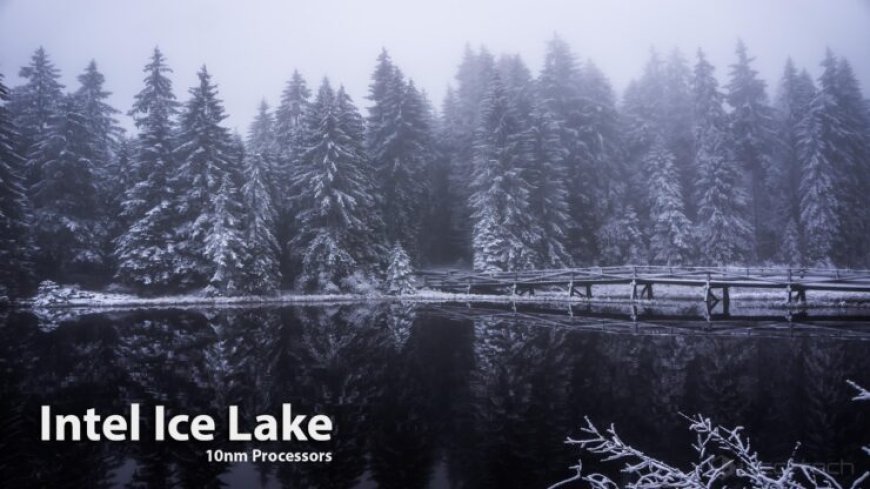
A Geekbench and Sisoft leak of Intel's upcoming Whitley Lake-SP CPU has been spotted by Videocardz and shows something to get excited about from Intel. Manufactured on the 10nm process, the Whitley platform will succeed Purley and will (finally) transition Intel's server ecosystem to 10nm. Based on these benchmarks it looks like customers and clients can expect an absolutely huge increase in performance as compared to older generation Xeon parts.
Before we begin, the usual advisories: these benchmarks are based on a very early engineering sample and will certainly change. Driver optimization does not exist at this point so misreads are common as well. Performance shown here may be indicative of final performance but needs to be taken with a grain of salt. Intel has been stuck on the 14nm process for quite a while now and been forced to role out "Optimizations" while its competition moves to 7nm (roughly equivalent to Intel's 10nm). Its 10nm journey has been plagued with missteps but it looks like things are finally starting to look up for TMG.
Intel's Ice Lake CPUs based on Sunny Cove architecture will bring the first radical new re-write of the company's CPU architecture and were already expected to show huge gains in performance and power efficiency. While Intel had already sort of hammered in the idea that Sunny Cove would be revolutionary, we are seeing for the first time the extent thereof. Intel's existing server-side platform is called Purley and the Ice Lake derivative that will succeed Purley has been codenamed Whitley. What we have here today is essentially a Geekbench leak of the first Whitley part: An Intel Ice Lake SP CPU based on the 10nm process.
We are looking at a server application of the processor as is evident by the massive RAM array and Microsoft Server OS. The part in question is a 24-core /48- thread CPU which would put it in the middle-end of the Ice Lake SP (Whitley) lineup. Another thing you will notice is that the CPU had a turbo of 2.9 GHz. This is far less than the clock speeds attained by modern Intel processors but something we have expected. While clock speeds will almost certainly improve after prototyping and testing, we do expect Ice Lake CPUs to clock less than 14nm parts for the obvious reason of process maturity.
That said, I was surprised to see just how much performance this CPU was able to squeeze out. The Intel Whitley Ice Lake SP CPU ES sample scored a multi-core score of almost 42,000 points. This is something that is almost double that of the previous Purley platform core for core and clock for clock. I am also fairly certain that power efficiency would have gone through the roof as well.
Single-core performance is okay at 4000 points, likely hindered by low clock speeds, the multicore performance is actually 150%+ of Purley (and this hasn't been normalized for a perfect clock to clock yet!). Intel poached Jim Keller from AMD and it looks like the fruits of hiring an architectural wizard are starting to show. Historically, Intel has had an advantage as far as the process architecture goes but they lost that lead with AMD's third-generation processors based on Milan. If this benchmark is even remotely indicative of the final product (which it probably is), then Intel's 10nm processors will be able to take the fight to Milan.
What's Your Reaction?









